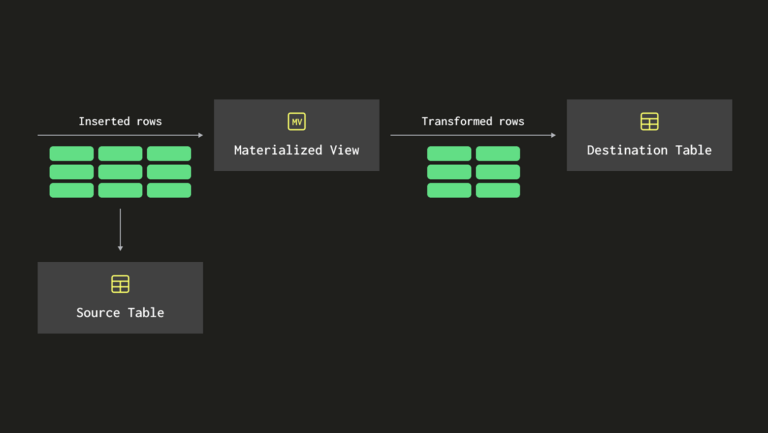90 vulnerabilities of the class Remote Code Execution in May "Tuesday of updates"

Immediately 2 vulnerabilities that can be exploited remotely, fixed in Windows. We notified about the most dangerous last night – the CVE-2019-070 vulnerability in the remote desktop service allows the exploit owner to execute code with SYSTEM rights. We recommend updating all terminal servers accessible from the outside as soon as possible. Also, do not forget to update the DHCP server from the CVE-2019-0725 vulnerability, since it can also be exploited remotely.
Two more vulnerabilities are noteworthy: CVE-2019-0863 and CVE-2019-0903. The first allows you to increase the privileges in the system, and the exploit is already walking on the network. The second is located in the graphical component of Windows GDI and can be exploited through different vectors – both through the browser and with the help of a file sent, for example, by mail.
May brought us four more hardware vulnerabilities of speculative execution in Intel processors, one of which already has its own website with the beautiful name Zombieload. Recommendations for countering this type of vulnerabilities are standard: update and disable Hyper-Threading in the processor. At the same time, you can check the speculative execution settings using this Powershell script.
In addition, Microsoft and Adobe have eliminated 87 additional vulnerabilities allowing to execute arbitrary code in the system:
portal.msrc.microsoft.com/en-US/security-guidance/advisory/CVE-2019-0912
portal.msrc.microsoft.com/en-US/security-guidance/advisory/CVE-2019-0913
portal.msrc.microsoft.com/en-US/security-guidance/advisory/CVE-2019-0914
portal.msrc.microsoft.com/en-US/security-guidance/advisory/CVE-2019-0915
portal.msrc.microsoft.com/en-US/security-guidance/advisory/CVE-2019-0916
portal.msrc.microsoft.com/en-US/security-guidance/advisory/CVE-2019-0917
portal.msrc.microsoft.com/en-US/security-guidance/advisory/CVE-2019-0922
portal.msrc.microsoft.com/en-US/security-guidance/advisory/CVE-2019-0924
portal.msrc.microsoft.com/en-US/security-guidance/advisory/CVE-2019-0925
portal.msrc.microsoft.com/en-US/security-guidance/advisory/CVE-2019-0927
portal.msrc.microsoft.com/en-US/security-guidance/advisory/CVE-2019-0933
portal.msrc.microsoft.com/en-US/security-guidance/advisory/CVE-2019-0937
portal.msrc.microsoft.com/en-US/security-guidance/advisory/CVE-2019-0923
portal.msrc.microsoft.com/en-US/security-guidance/advisory/CVE-2019-0940
portal.msrc.microsoft.com/en-US/security-guidance/advisory/CVE-2019-0926
portal.msrc.microsoft.com/en-US/security-guidance/advisory/CVE-2019-0884
portal.msrc.microsoft.com/en-US/security-guidance/advisory/CVE-2019-0911
portal.msrc.microsoft.com/en-US/security-guidance/advisory/CVE-2019-0918
portal.msrc.microsoft.com/en-US/security-guidance/advisory/CVE-2019-0929
portal.msrc.microsoft.com/en-US/security-guidance/advisory/CVE-2019-0940
portal.msrc.microsoft.com/en-US/security-guidance/advisory/CVE-2019-0884
portal.msrc.microsoft.com/en-US/security-guidance/advisory/CVE-2019-0911
portal.msrc.microsoft.com/en-US/security-guidance/advisory/CVE-2019-0918
portal.msrc.microsoft.com/en-US/security-guidance/advisory/CVE-2019-0889
portal.msrc.microsoft.com/en-US/security-guidance/advisory/CVE-2019-0890
portal.msrc.microsoft.com/en-US/security-guidance/advisory/CVE-2019-0891
portal.msrc.microsoft.com/en-US/security-guidance/advisory/CVE-2019-0893
portal.msrc.microsoft.com/en-US/security-guidance/advisory/CVE-2019-0894
portal.msrc.microsoft.com/en-US/security-guidance/advisory/CVE-2019-0895
portal.msrc.microsoft.com/en-US/security-guidance/advisory/CVE-2019-0896
portal.msrc.microsoft.com/en-US/security-guidance/advisory/CVE-2019-0897
portal.msrc.microsoft.com/en-US/security-guidance/advisory/CVE-2019-0898
portal.msrc.microsoft.com/en-US/security-guidance/advisory/CVE-2019-0899
portal.msrc.microsoft.com/en-US/security-guidance/advisory/CVE-2019-0900
portal.msrc.microsoft.com/en-US/security-guidance/advisory/CVE-2019-0901
portal.msrc.microsoft.com/en-US/security-guidance/advisory/CVE-2019-0902
portal.msrc.microsoft.com/en-US/security-guidance/advisory/CVE-2019-0953
portal.msrc.microsoft.com/en-US/security-guidance/advisory/CVE-2019-0885
helpx.adobe.com/security/products/acrobat/apsb19-18.html
helpx.adobe.com/security/products/flash-player/apsb19-26.html
In the end, we want to remind you of two rather serious vulnerabilities in Cisco 1001-X routers called Thrangrycat. They allow you not only to increase the privileges in the router, but also very cleverly to consolidate there, in fact, by installing a bootkit in the router firmware, which will bypass the verification of the Trust Anchor module responsible for the trusted download mechanism.





